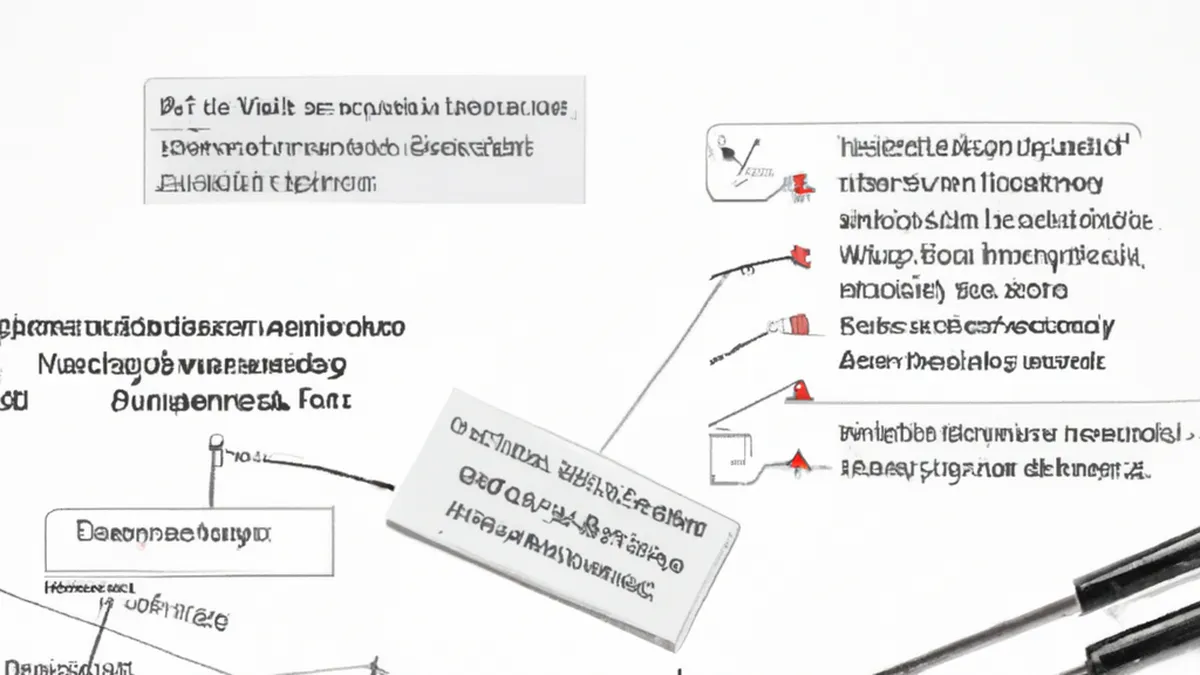Safeguarding Athletes with Innovative Metrics
How to Develop Safety Metrics for Sports Organizations
In sports, safety matters. Organizations must prioritize athletes’ and staff’s health and well-being. Effective safety metrics ensure a safe environment. Metrics assess risks, measure incidents, and track improvements. This blog post explores creating safety metrics for sports organizations.
Understand the Importance of Safety Metrics
Recognize the importance of safety metrics. Safety metrics track incidents and identify trends. They assess safety protocols’ effectiveness. Metrics foster a culture of safety. When everyone focuses on safety, they remain vigilant.
Safety metrics protect athletes from injuries. By analyzing data, organizations implement preventive measures. This proactive approach minimizes risks and enhances performance. Ultimately, safety metrics contribute to organizational success.
Identify Key Areas of Concern
Identify key areas of concern for effective safety metrics. Start with a comprehensive risk assessment. Evaluate potential hazards in training, competition, and facilities. Consider physical and environmental risks. Common areas include:
– **Injury rates**: Track injury frequency and severity.
– **Safety compliance**: Ensure adherence to safety protocols and regulations.
– **Emergency response**: Assess emergency response plan effectiveness.
Focusing on these areas tailors metrics to specific concerns. This targeted approach enhances safety initiatives’ effectiveness.
Collaborate with Stakeholders
Engage stakeholders to develop safety metrics. Involve coaches, athletes, medical staff, and administrators. Their insights provide valuable information about risks and safety concerns. Collaboration fosters ownership and responsibility.
Hold regular meetings to discuss safety issues and gather feedback. Encourage open communication about safety practices. This inclusive approach leads to a comprehensive understanding of safety needs.
Establish Clear Metrics
After identifying key areas and engaging stakeholders, establish clear metrics. Use specific, measurable, achievable, relevant, and time-bound (SMART) criteria. This framework creates effective metrics. Consider these examples:
– **Injury Rate**: Calculate injuries per 1,000 hours of activity. Track trends over time.
– **Compliance Rate**: Measure the percentage of safety protocols followed during training and events. Identify areas for improvement.
– **Emergency Response Time**: Track the average time taken to respond to emergencies. Assess your response plan’s efficiency.
Clear metrics enable organizations to evaluate safety performance effectively.
Implement a Data Collection System
To track safety metrics, implement a data collection system. Ensure the system is simple and efficient. Utilize technology to streamline the process. For example, use mobile apps or software for incident reporting. These tools collect data in real-time.
Ensure all stakeholders understand how to use the system. Provide training on data entry and reporting procedures. Regularly review collected data to identify trends and areas for improvement. Ongoing analysis refines safety initiatives.
Monitor and Adjust Metrics Regularly
Safety metrics should remain dynamic. Regularly monitor and adjust them based on new information and evolving risks. Schedule periodic reviews to assess metrics’ effectiveness. Engage stakeholders in discussions to gather feedback.
As sports organizations change, so do safety needs. Stay current with industry standards and best practices. Adjust your metrics to ensure relevance and effectiveness.
Benefits of Developing Safety Metrics
Developing safety metrics benefits sports organizations significantly. First, it enhances athlete and staff safety. By identifying risks and monitoring incidents, organizations implement preventive measures.
Second, safety metrics improve organizational accountability. When everyone understands their safety roles, they act responsibly. This leads to a positive safety culture.
Third, effective safety metrics enhance an organization’s reputation. A commitment to safety attracts athletes, sponsors, and fans. It can lead to increased funding as stakeholders recognize dedication to well-being.
Finally, safety metrics improve performance. Athletes feeling safe focus better on training and competition. This leads to better outcomes on the field or court.
Conclusion
Developing safety metrics for sports organizations ensures a safe environment. Understand safety metrics’ importance, identify key areas of concern, collaborate with stakeholders, and establish clear metrics. Implement a data collection system and monitor metrics regularly for effectiveness. The benefits of safety metrics significantly improve safety, accountability, reputation, and performance. Prioritize safety in your sports organization today and witness the positive impact.
Below are related products based on this post:
FAQ
Why are safety metrics important for sports organizations?
Safety metrics are crucial as they track incidents, identify trends, and assess the effectiveness of safety protocols. They help foster a culture of safety, protect athletes from injuries, and contribute to organizational success by minimizing risks and enhancing performance.
What are some key areas to focus on when developing safety metrics?
Key areas to focus on include injury rates, safety compliance, and emergency response effectiveness. Conducting a comprehensive risk assessment helps identify potential hazards in training, competition, and facilities, allowing for tailored metrics that enhance the effectiveness of safety initiatives.
How can sports organizations effectively implement safety metrics?
Organizations can implement safety metrics by establishing a data collection system that is simple and efficient, utilizing technology for real-time data collection, and ensuring all stakeholders are trained on the system. Regular monitoring and adjustments of the metrics based on new information and feedback also play a vital role in maintaining their relevance and effectiveness.















Post Comment